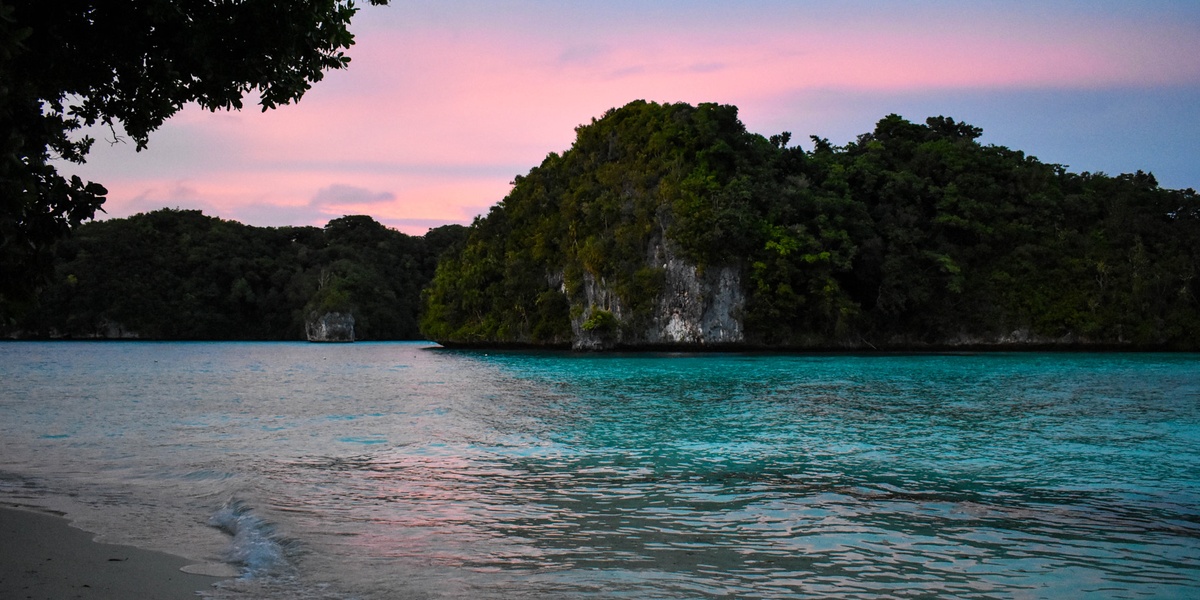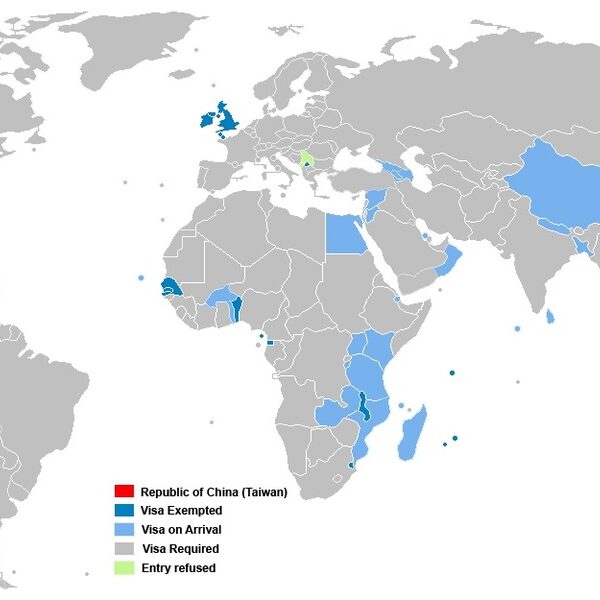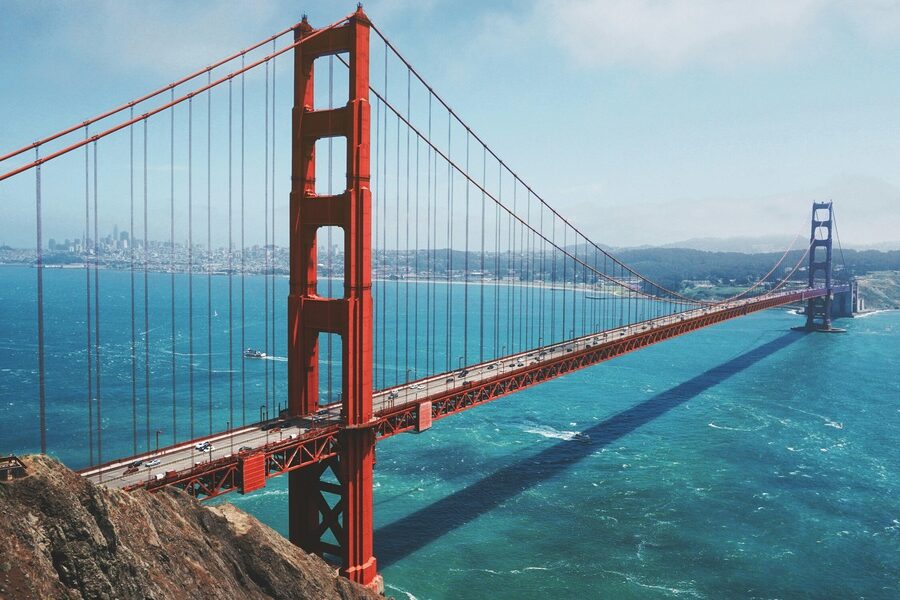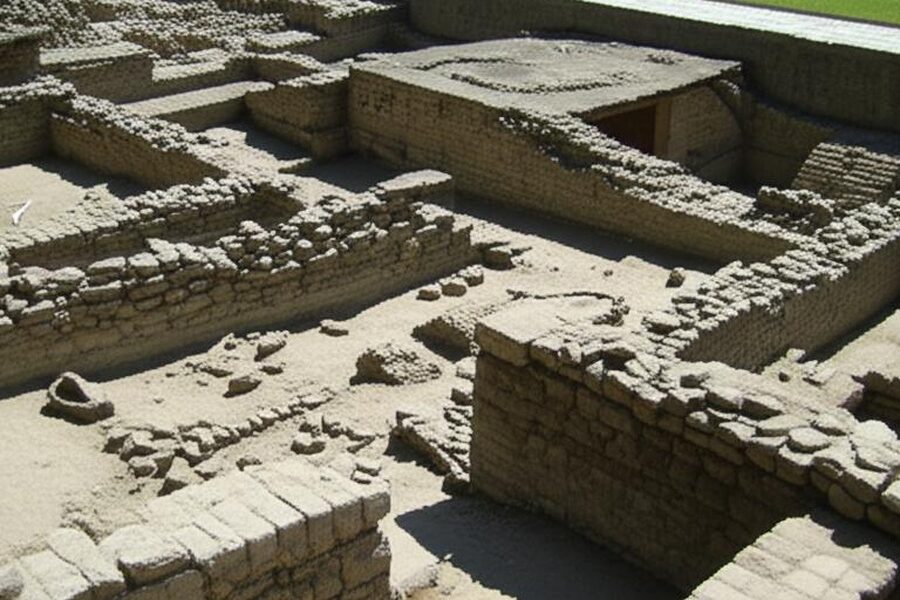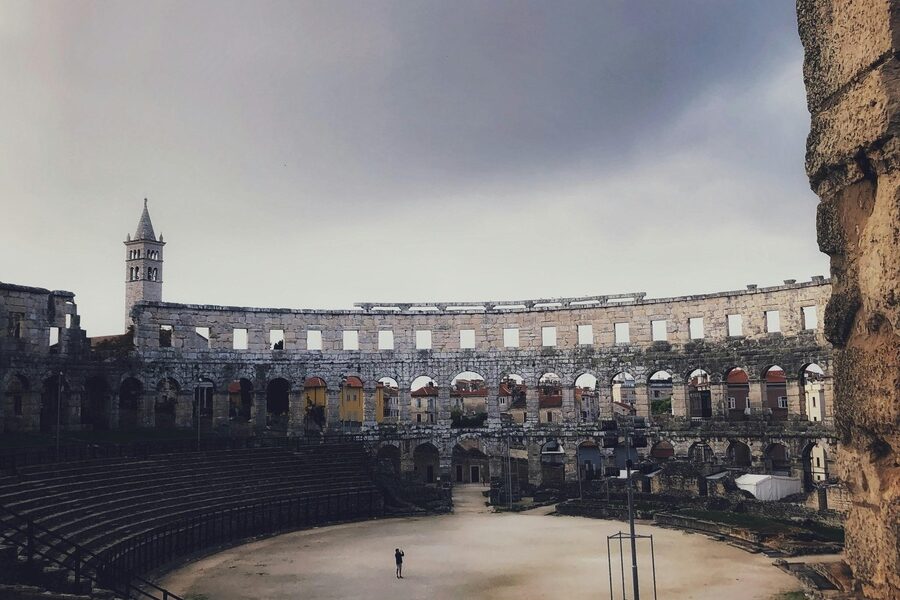A surprising mix of natural drama and human history draws travelers to this compact Pacific nation: Palau’s Rock Islands were inscribed on the UNESCO World Heritage List in 2012, and the country established one of the world’s first national shark sanctuaries in 2009.
If you’re weighing reasons to visit Palau, imagine drifting among millions of harmless golden jellyfish, watching sharks patrol a coral wall, then swapping stories with craftspeople in a village on Babeldaob. The payoff is rare wildlife encounters, world-class diving and snorkeling, hands-on cultural experiences, and some of the clearest examples of conservation-minded tourism you’ll find anywhere.
This article lays out 10 distinct reasons to visit Palau in a numbered list grouped into four categories: Natural Wonders, Adventure & Activities, Culture & History, and Conservation & Practicalities.
Natural Wonders and Marine Life
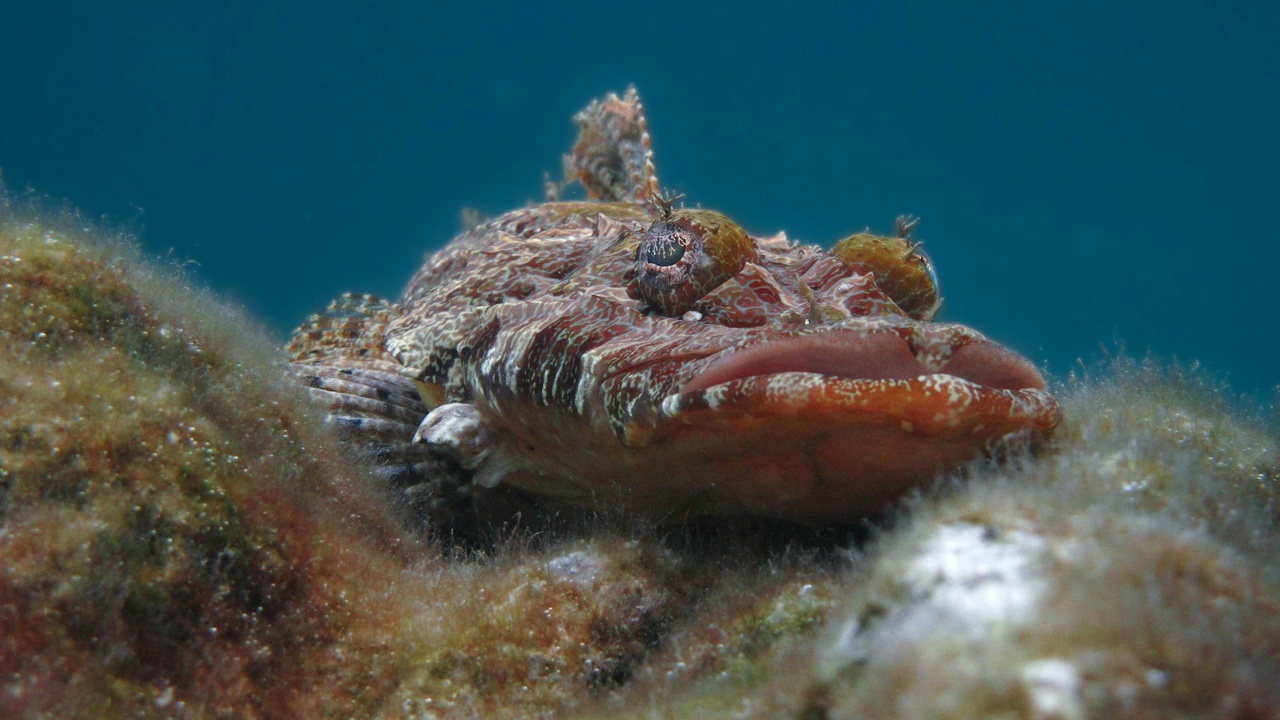
Palau’s ecology is the heartbeat of a visitor’s experience — clear water, biodiverse reefs, and unusual marine habitats define how people spend their days here. Snorkelers, photographers and divers come for visibility, large pelagics and intricate macro life, while kayakers and small-boat trips reveal hidden lagoons and sandbars amid limestone islets.
For authoritative context, the Rock Islands Southern Lagoon is a UNESCO World Heritage site (UNESCO), and Palau’s protected waters support a wealth of marine habitats that are regularly cited by marine scientists and dive organizations.
1. Pristine Coral Reefs and World-Class Diving
Palau is widely regarded for some of the healthiest coral reefs and dramatic drop-offs in the Pacific. Top sites include Blue Corner Wall and Ulong Channel, known for strong currents, excellent visibility (often 20–40 meters), and regular pelagic encounters.
Divers can expect sharks at cleaning stations, frequent manta and eagle ray sightings, and dense schools of reef fish. Both recreational and technical divers find challenges here; local operators (for example, experienced outfitters based in Koror) run guided dives year-round with sites suited to a range of certifications.
Best months for big-pelagic activity generally overlap with the dry season (roughly November–April), when seas are calmer and visibility peaks.
2. Jellyfish Lake and Its One-of-a-Kind Ecosystem
Jellyfish Lake (on Eil Malk in the Rock Islands) is famous for its population of millions of golden jellyfish that have evolved reduced or non-existent stingers in a predator-free marine lake. Swimming there is a low-impact snorkel experience unlike most wildlife encounters.
The lake is managed carefully: access is regulated, visits are guided, and time limits are enforced to protect the fragile ecosystem. Park authorities and scientific teams have monitored dramatic jellyfish population shifts over time, so visitors are asked to follow all rules and stay on marked trails.
A guided swim through calm, shallow water (snorkel-only) offers close, peaceful views of jellyfish as they pulse past — a photographic and sensory highlight for many travelers.
3. Rock Islands, Hidden Lagoons and Kayaking
The Rock Islands are a sculptural landscape of white limestone islets that rise steeply from turquoise lagoons, many with secret inland pools and freshwater caves. The Rock Islands Southern Lagoon received UNESCO inscription in 2012 for both natural beauty and ecological value.
Kayaking among these islets — or taking a small boat to snorkel reef flats and visit sandbars at low tide — rewards visitors with close-up photo opportunities and quiet wildlife viewing. Half-day routes are common, and experienced guides know where to find shallow coral gardens, tiny beaches and freshwater lens lakes on some islets.
Plan on calm-water paddles in the dry season and bring a waterproof camera for extraordinary aerial-like scenes of limestone silhouettes against vibrant lagoons.
Adventure and Outdoor Activities
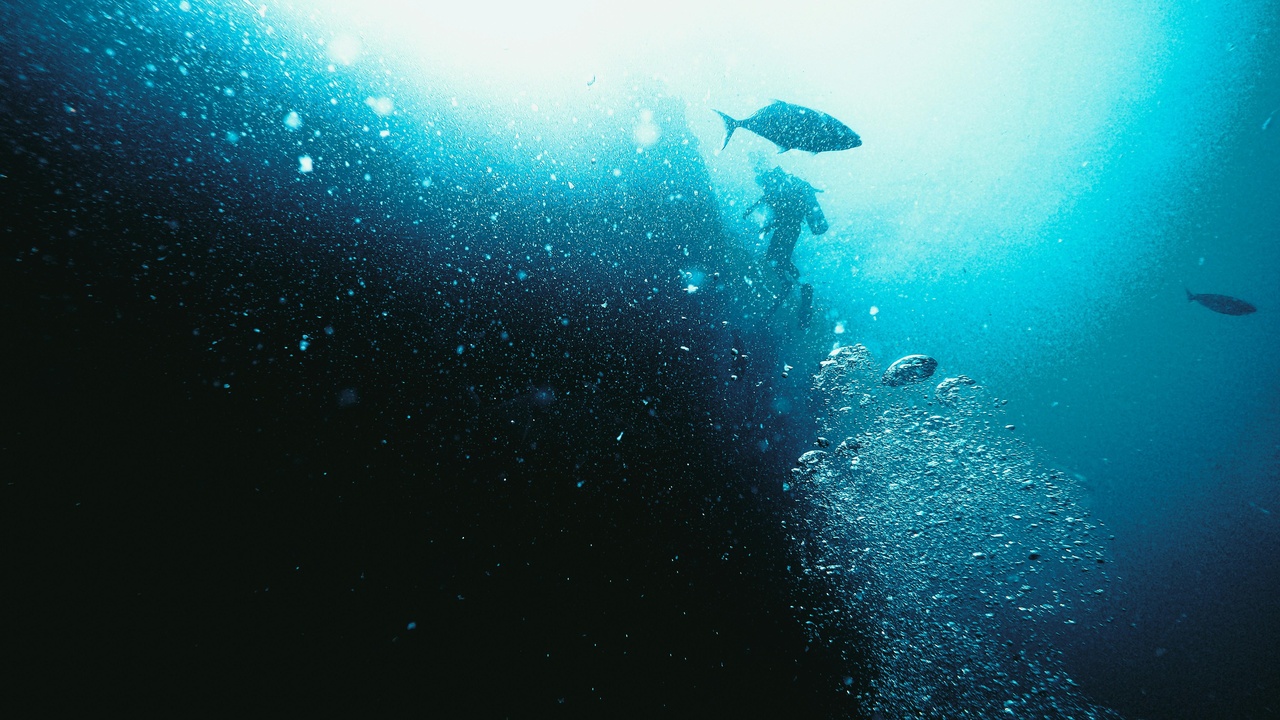
Beyond snorkeling and relaxed lagoon cruises, Palau offers active itineraries: freediving, wreck diving, island hikes, and guided eco-adventures. Many options are accessible to beginners, while technical divers and serious trekkers will find challenging specialty experiences.
Local operators provide safety briefings, equipment rentals, and certified guides for everything from family snorkeling trips to multi-day liveaboard-style dives. Seasonal planning matters — calmer seas and peak visibility generally run November through April.
4. Superb Snorkeling and Freediving for All Levels
Shallow reefs and sheltered lagoons mean snorkelers often see turtles, rays and abundant reef fish without traveling far offshore. Many sites are reachable by a short boat ride or even from shore, making half-day family-friendly excursions easy to plan.
Typical visibility at good snorkel sites ranges from 15–30 meters, and calm water in protected lagoons makes Palau ideal for learners and kids. Bring reef-safe sunscreen, reef shoes, and a lightweight snorkel set (many operators provide gear).
Guided snorkeling trips near Koror and Malakal Harbor are popular options for people who want maximum wildlife sightings with minimal planning (and local guides often know the best shallow feeding spots for turtles).
5. WWII Wreck Diving — History Beneath the Waves
Palau’s underwater landscape preserves sunken ships and aircraft from World War II, especially around Peleliu and parts of Koror. These wrecks are historically interesting and ecologically rich as reefs have colonized the structures over decades.
Wreck dives range from shallower, recreational dives to deeper, technical explorations that require advanced certifications. Guided wreck logs from experienced dive operators can advise on penetration rules, typical depths (often 18–40 meters), and site conditions.
For history-minded divers, a guided wreck itinerary can combine storytelling above water with hands-on underwater exploration — just be sure to follow local rules to protect artifacts and dive safely.
6. Hiking, Waterfalls and Limestone Trails
Palau’s largest island, Babeldaob, offers green interior landscapes with jungle trails, waterfalls and important archaeological sites. Inland hikes provide a nice contrast to marine days and are often cooler in the mornings.
Popular hikes are typically short to moderate — many are one to three hours round-trip — and lead to waterfall pools suitable for a freshwater swim (Ngardmau Waterfall is one notable example frequently recommended by local guides).
Hire a local guide for cultural insight and navigation on wet or slippery trails, and bring sturdy shoes and a light rain jacket during the wetter months.
Culture, History, and Local Experiences
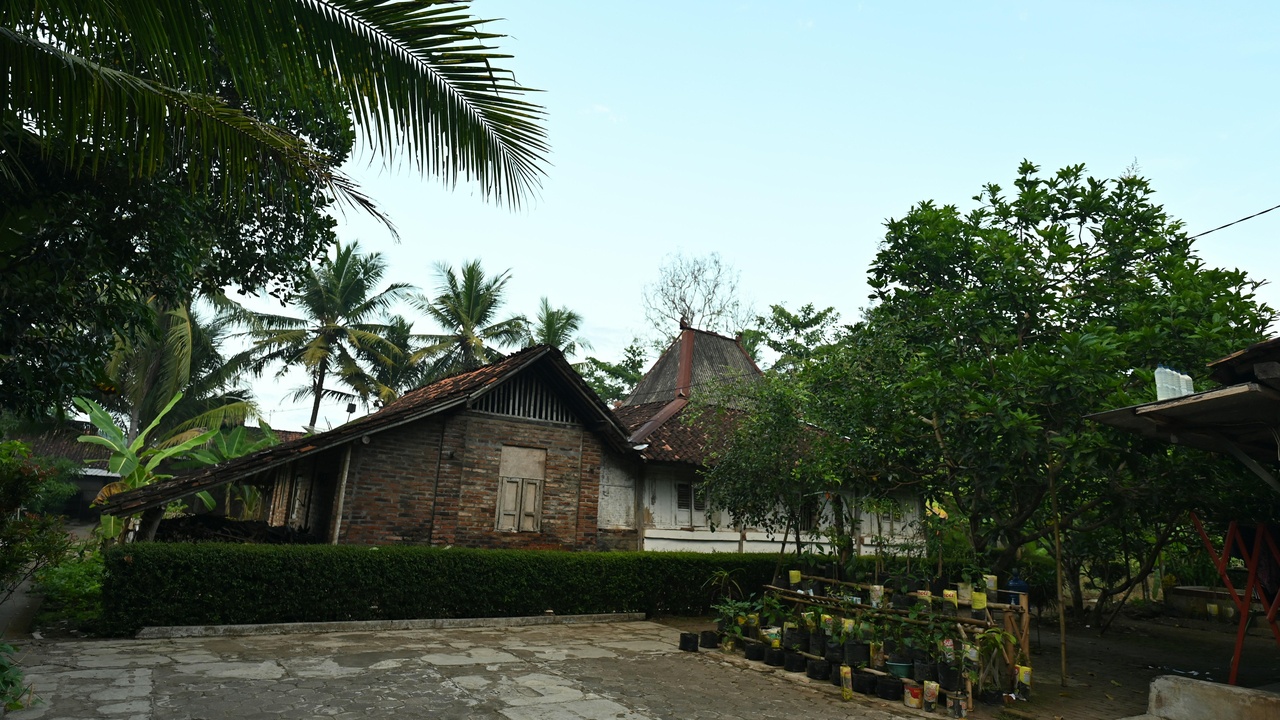
Palau’s human stories are as engaging as its natural ones. Village life, traditional navigation knowledge, woven crafts and community-led tours give visitors a window into Micronesian culture and the island nation’s modern history.
Respectful interaction matters: community-run experiences often ask visitors to follow dress codes, accept guided conditions, and support local economies directly by choosing village tours and craft purchases.
7. Rich Micronesian Culture and Village Tours
Visitors can meet master craftsmen, watch traditional canoe-building demonstrations, and hear oral histories that have sustained island communities for generations. Community tourism programs connect travelers with hosts who explain navigation, clan histories and stone monolith traditions.
For calendar context, Palau’s Independence Day (October 1, 1994) and local festivals are times when communities share dances, food and ritual — check with the Palau Visitors Authority or community centers for verified festival dates before traveling.
Choosing community-led tours means your visit directly supports local livelihoods while offering a deeper, authentic perspective than sightseeing alone.
8. Food, Festivals and Small-Town Hospitality
Palau’s food scene centers on fresh seafood, coconut-based preparations and simple market stalls where the day’s catch is barbecued or cooked in coconut cream. Koror’s night market is a good place to taste local specialties and mingle with residents.
Typical dishes include grilled reef fish, taro, breadfruit and coconut-infused stews; communal meals and invitations to share food reflect local hospitality customs — accept them graciously and ask about ingredients when you have allergies.
Seasonal festivals highlight dance, music and food; sampling street stalls and family-run eateries is a memorable way to learn about daily life on the islands.
Conservation, Sustainability and Practicalities
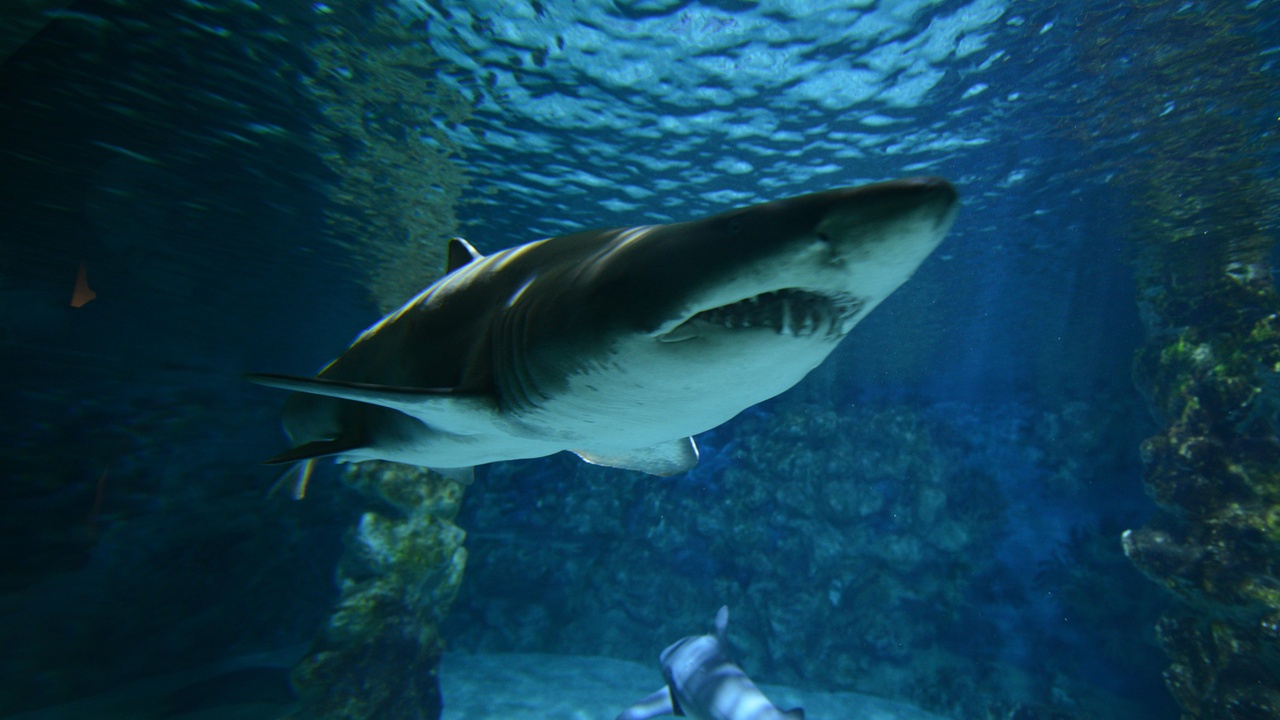
Among the top reasons to visit Palau is its reputation for progressive marine protection: the nation’s policies blend conservation with sustainable visitor access, making travel here both meaningful and educational.
Palau created a national shark sanctuary in 2009 and bolstered international attention with the Rock Islands’ UNESCO inscription in 2012. Programs such as the Palau Pledge (a visitor stewardship initiative) reflect a national commitment to protecting the environment for future generations.
Visitors can support conservation by choosing eco-certified operators, paying park fees that fund management, and following rules in protected areas (e.g., no-touch policies in marine lakes and coral gardens).
9. Conservation Leadership and Responsible Tourism
Palau’s 2009 shark sanctuary declaration was one of the earliest national-scale protections of large predators, and the 2012 UNESCO listing of the Rock Islands underscores international recognition of Palau’s natural values.
These protections improve visitor experiences by supporting healthy reefs and abundant wildlife. Travelers can help by selecting operators that reinvest in local conservation, respecting visitor limits at sensitive sites, and contributing to community-based programs when offered.
Many tour operators include park fees or conservation surcharges in their rates; confirm how fees are used and prefer businesses that demonstrate transparent support for local management.
10. Travel Logistics, Best Time to Visit and Sample Itineraries
Practical planning makes a Palau trip smoother: aim for the dry season (November–April) for the best diving and paddling conditions. Typical trip lengths range from quick 3–5 day getaways to 7–10 day explorations that let you balance diving, Rock Islands time and cultural visits.
Major flights connect to Roman Tmetuchl International Airport (near Koror/Babeldaob); verify current schedules and carriers when booking. Currency is the US dollar, and English is widely spoken, simplifying logistics for many travelers.
Sample 7-day itinerary: Day 1 arrive and settle in Koror; Days 2–3 diving at Blue Corner and Ulong; Day 4 Jellyfish Lake and Rock Islands kayak tour; Day 5 village cultural visit and markets; Day 6 wreck dive or waterfall hike on Babeldaob; Day 7 depart. Pack reef-safe sunscreen, a light rain jacket, sturdy water shoes, and certifications/logbooks for diving.
Allow at least 5–7 days to appreciate core highlights; a 10-day trip gives more flexibility for weather and deeper exploration of remote sites.
Summary
- World-class marine biodiversity and unique features — from Jellyfish Lake to Blue Corner — supported by UNESCO recognition (Rock Islands, 2012).
- Active travel for every pace: snorkeling, freediving, wreck diving, kayaking and hiking (sample itineraries run 5–10 days).
- Rich Micronesian culture and community-led tours that connect visitors with traditional crafts, canoe-building and local festivals.
- Strong conservation leadership — including Palau’s 2009 shark sanctuary and visitor stewardship initiatives — that enhances wildlife encounters and supports local economies.
- Plan a 7–10 day responsibly minded trip (book accredited operators, follow park rules, and use reef-safe products) to experience Palau’s highlights.

